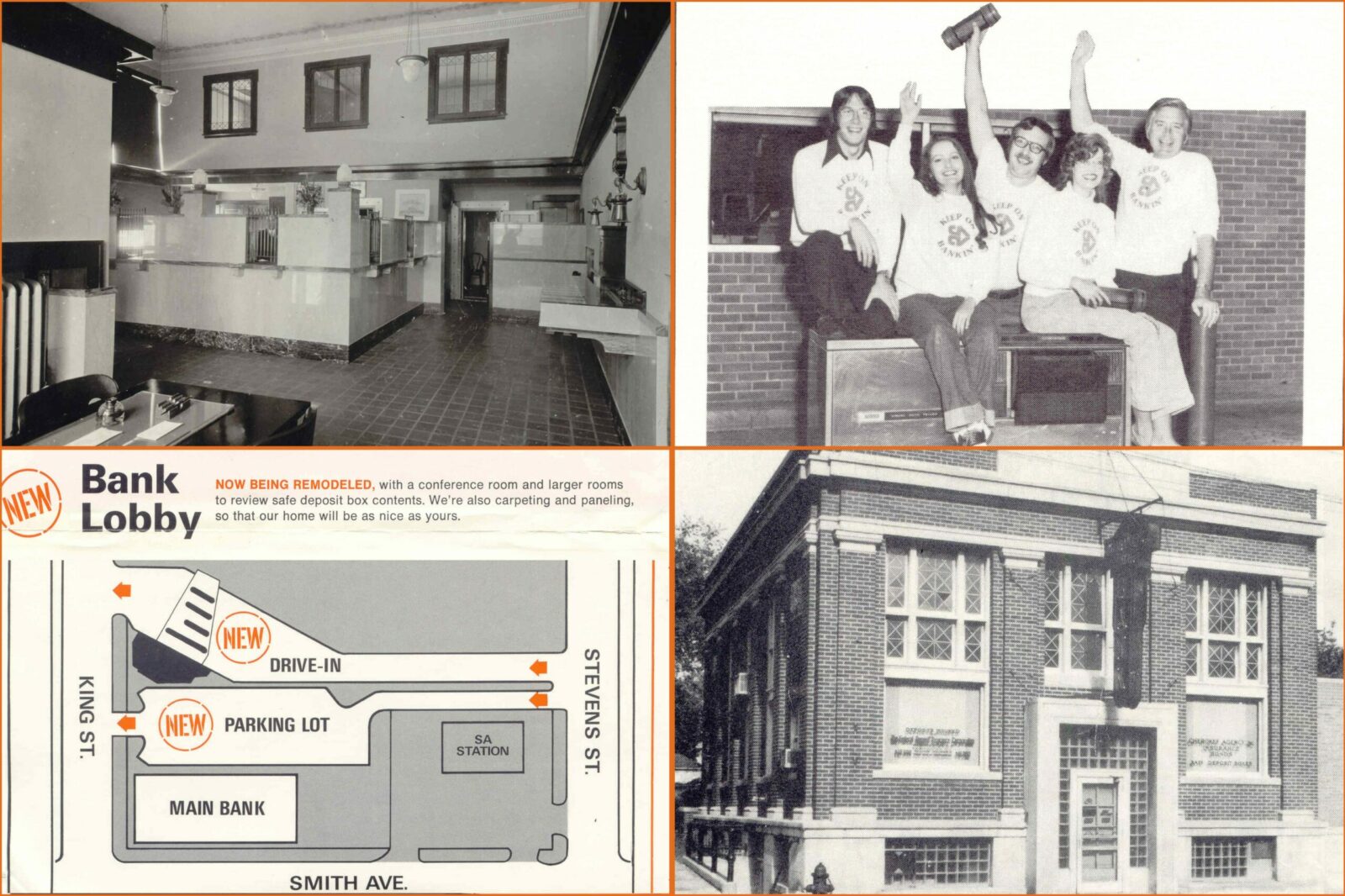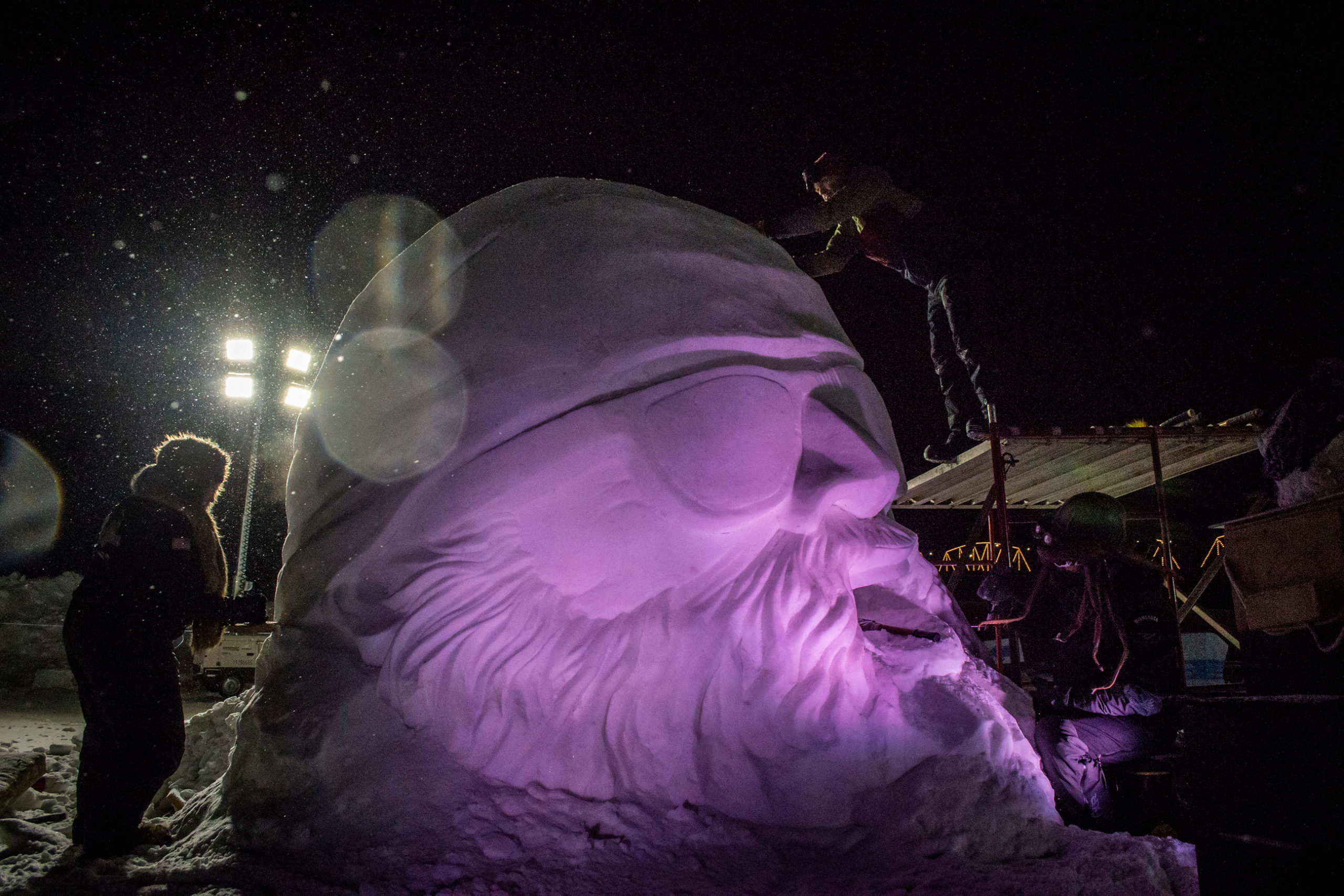Lessons from our Past
By Paul Bard
In the June edition of the Community Reporter, Margaret Kinney wrote about this newspaper celebrating 50 years of giving voice to the residents of St. Paul’s West End. Kinney mentioned some of the parallels between issues facing the neighborhood in those early days and the issues that we face today. This article returns to the archives for another look back – and some thoughts about moving forward.
From Freeway to Parkway
As to physical changes in the neighborhood, nothing had a bigger impact over the last 50 years than highway construction. Interstate 35E cut a wide swath through our neighborhood in the mid-1970s, just as Interstate 94 had cut through downtown St. Paul and the Rondo neighborhood a decade earlier. The result was the loss of hundreds of homes, dozens of businesses and a significant part of our history. The Community Reporter followed the efforts of neighbors who formed Residents in Protest-35E (aka “RIP35E”), a community group that tried to halt construction. While they failed to stop the freeway altogether, this group did succeed in achieving the “parkway” designation and in mitigating some of the freeway’s harmful effects by reducing the speed limit, adding landscaping and lowering the grade of the freeway at the base of Ramsey Hill. Neighborhood involvement made these beneficial changes possible in the same way that neighborhood involvement today is driving changes – we hope – in the Riverview Corridor LRT project.
Beauty vs. The Bulldozer
As people stroll through picturesque Irvine Park today, few probably realize the severely dilapidated state it was in back in the early 70s. They’d be surprised to learn that the beautiful Victorian fountain was not even there; the current fountain having been replicated from photos of the 19th century original. In fact, every one of the homes on the park faced the very real possibility of being demolished by bulldozers in pursuit of the city’s goal of “urban renewal.” The Community Reporter covered the story of neighbors who fought city hall to prevent the loss of the historic homes, some even going so far as to picket outside the home of the director of the city’s Housing and Redevelopment Authority. This stubborn group of neighbors brought attention to the long-term value of preserving these buildings, not only for the beauty and sense of place they bring to the city, but also for the economic value of retaining solid, well-built housing stock to meet the needs of a diverse mix of residents.
Thanks to their efforts back then, it’s easier to make the case for historic preservation today. The Community Reporter followed the restoration of Forepaugh’s and other historic buildings in the ’70s and 80s, and in recent years has given front-page coverage to successful efforts to save historic structures such as the pre-Civil War Lewis House at 412 Goodrich Ave., the Hope Engine Company No. 3 on Leech St. (now the Hope Breakfast Bar) and, of course, the Schmidt Brewery. None of this could have happened without community involvement and countless hours of work by committed volunteers.
Hang-Gliding on 35E
Amidst the controversies, some stories the newspaper featured captured the lighter side of neighborhood life. As the 35E right of way sat unfinished for several years, young people in the neighborhood took advantage of this long stretch of empty land. In June 1975, the Community Reporter observed, “We have been able to snowmobile 35E, ski 35E, slide 35E, motorcycle 35E, tube 35E, and now we can hang-glide off the Randolph overpass onto 35E!” The paper even featured photos of the hang gliders. It looks like it was a lot of fun (although, truth be told, they didn’t get too much altitude).
Gaslight and Horses
Finally, the Community Reporter has shared stories and reminiscences of neighbors going back much further than 50 years. In an article from November, 1972, Ruth Heliste (born 1891) fondly recalled the era of gas streetlights at the turn of the last century: “Every evening at dusk the lamplighter went around on a little sulky (a two-wheeled buggy hitched to a horse) to light the kerosene street lamps and returned in the morning to snuff them out. Often we would sit around a street lamp at night with the other kids and tell ghost stories.” It was a simpler time indeed.
What’s Past is Prologue
The Community Reporter has seen many, many changes in its first 50 years. And we like to think that this little neighborhood newspaper had a role in helping to raise awareness, change attitudes and maybe even help steer public policy in a positive direction. We thank you for your continued support and we look forward to serving you for the next 50!
Paul Bard is a lifelong St. Paulite. He has served on the board of the Community Reporter since 2017.
Contribute to our mission:
• Please send recollections or other editorial contributions to editor@communityreporter.com.
• Donate to our fundraising campaign and help us grow the newspaper for the next 50 years at givemn.org/organization/Community-Reporter or send a check to: The Community Reporter, 265 Oneida St., St. Paul, MN 55102.




